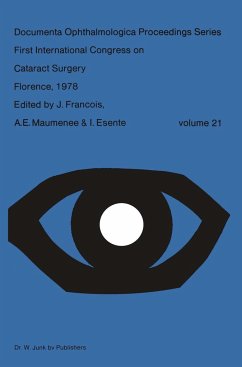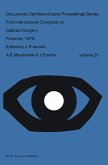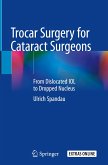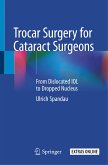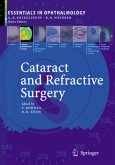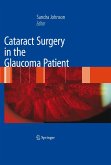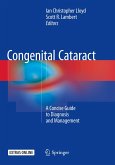Numerous drugs administered either generally or locally have shown a cata ractogenic action. From a pathogenic point of view a di,stinction must be made between drugs which modify the transparency of the lens due to accumulation (mer curic,'silver, gold salts, etc.) from those influencing its metabolism. Among the latter, Triparanol, antimitotic drugs, various phenothiazinic derivates, corticosteroids and certain miotics cause the most significatn dam age. It is necessary to indicate the most frequent reports which evidence a relationship between a prolonged oestroprogestinic therapy and alterations of the lens transparency. The authors also indicate pathogenic mechanisms which probably cause iatrogenic cataracts. REFERENCES Apponi G., Rinaldi E. & De Simone S. Cataratta monolaterale dopo iniezione endo carotidea di 2-3-5 Trisetilenimmino 1-4 benzochinone (Trenimon Bayer). Ann. Ot tal. 90, 224, 1964. Baron J.B., Morel P., Rivollan Y. & Soulairac A.: Incidences ophtalmologiques du traitement prolonge par la chloropromazine associee ou non Ii des troubles cutanes. Agressiologie, 9, (2) 293, 1968. Bryk E.: Generalized argyrosis with involvement oflenses. Klin. Oczna 26,217,1956. Conel E.B. & Kelman C.D.: Ophthalmologic findings with oral contraceptives. Obstet. Gynec. 31,456, 1968. Conklin, Upton & Christenberry & MC.Donald: Citato da Duke-Elder. Radiat. Res. 19, 156,1963. Davidson S.I.: Reported adversa effects of oral contraceptives on the eye. Trans. Oph thai. Soc. U.K. 91,561,1971. De Long S.L.: Incidence and significance of chloropromazine-induced eye changes. Dis. Nerv. Syst. 29 (3), Suppl. 19, 1968.
Hinweis: Dieser Artikel kann nur an eine deutsche Lieferadresse ausgeliefert werden.
Hinweis: Dieser Artikel kann nur an eine deutsche Lieferadresse ausgeliefert werden.

